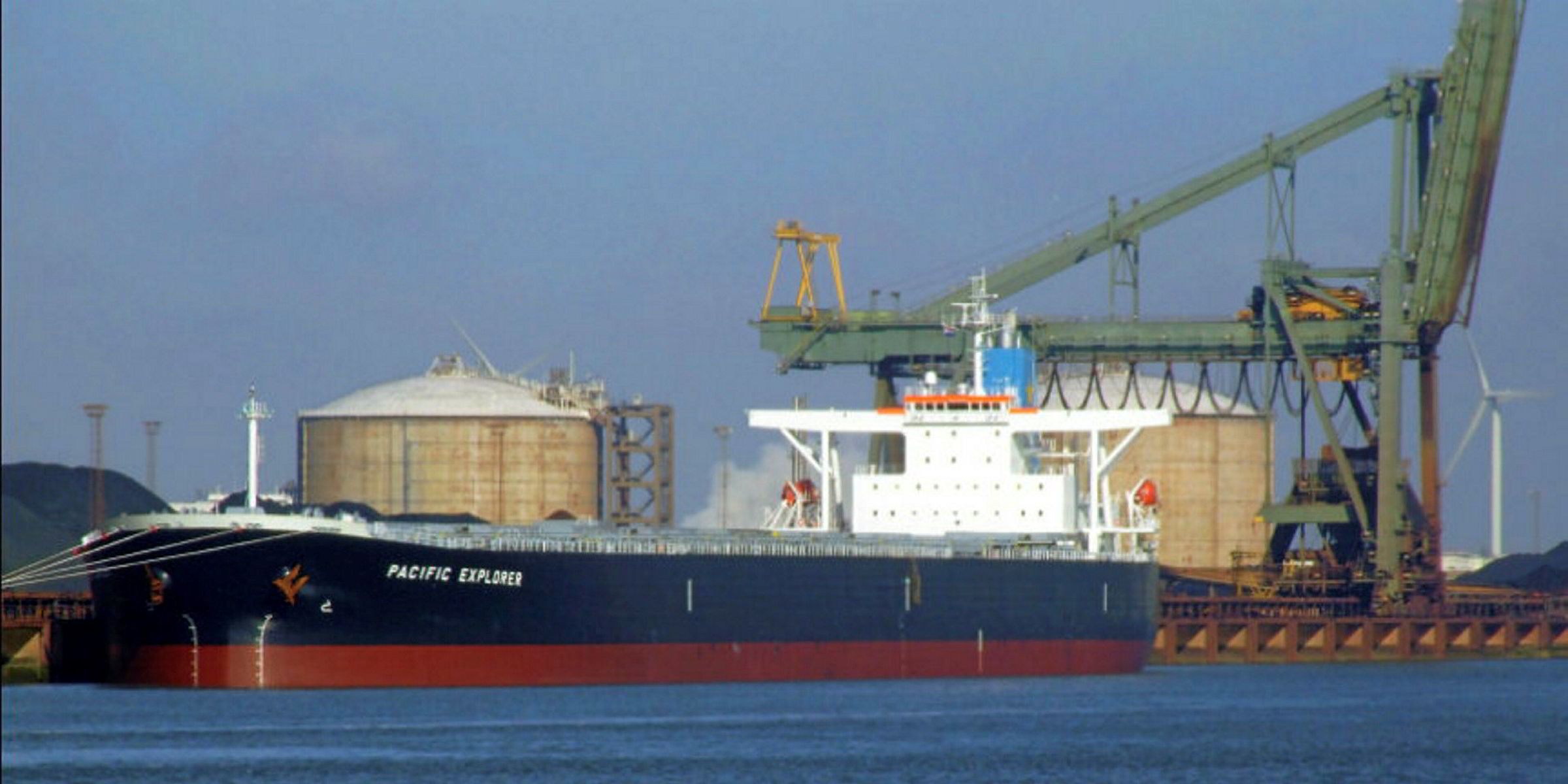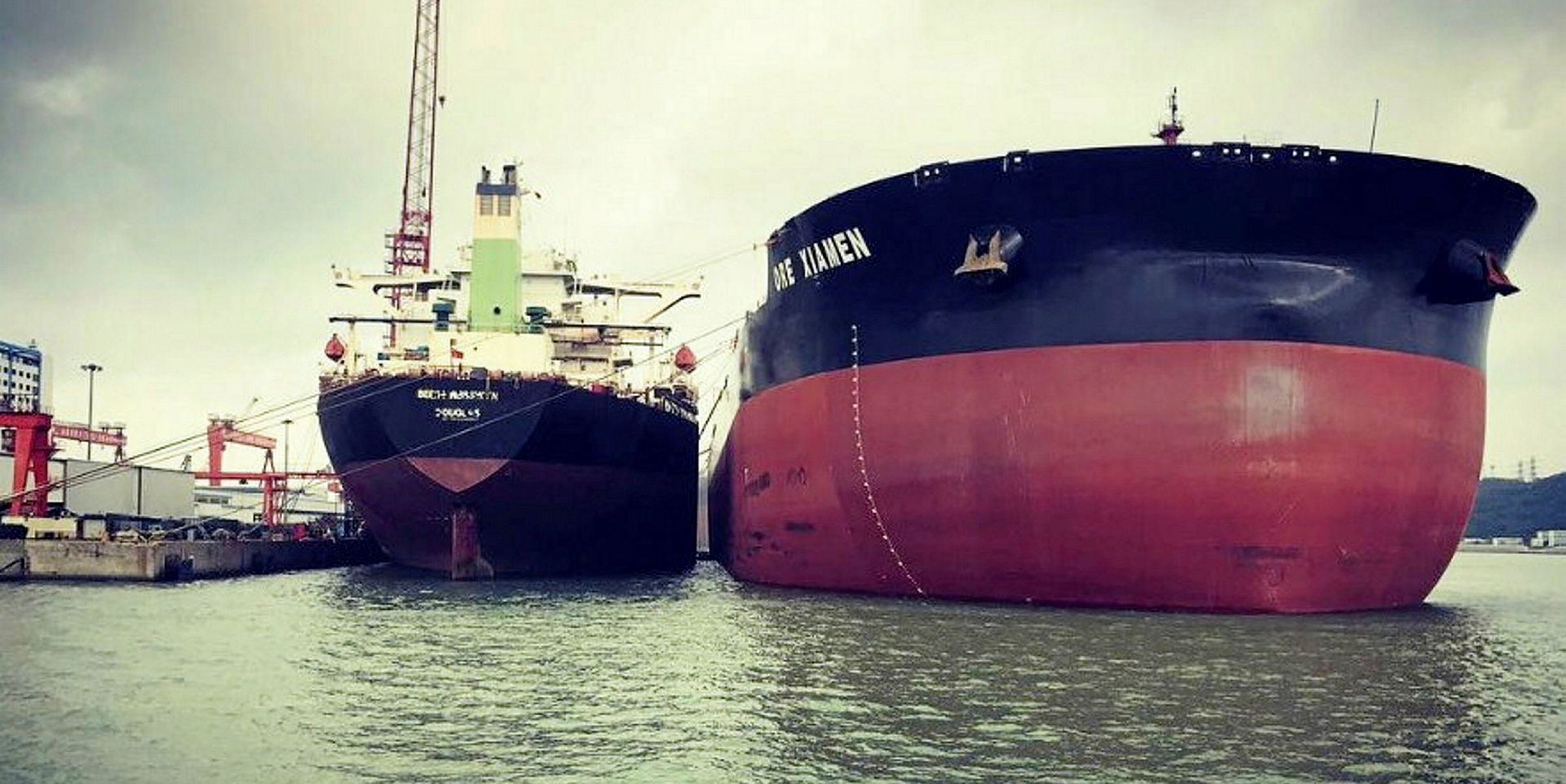Dry cargo markets have continued to slide as Chinese New Year approaches and staff in Asia begin to go on leave.
The Baltic Dry Index (BDI) fell by another 40 points from Monday's level to reach 689 points on Tuesday.
The decline has been fuelled by a wind-down in fixing activity ahead of Chinese New Year on Saturday.
Only a couple of time charter fixtures were reported for the respective capesize, panamax, and supramax/ultramax segments on Tuesday.
But, as usual, the BDI was affected principally by steep declines in rates in the capesize market.
The weighted time charter average for the Baltic Capesize Index's five major benchmark routes (5TC) was assessed on Tuesday at $7,062 per day, down by $698 since Monday.
A month ago, the 5TC rate was assessed at $14,451 per day.
Fixtures data shows a rare period deal for a super capesize owned by Laskaridis Shipping of Greece and managed by its London-based affiliate Lavinia Corp.
The 207,520-dwt Ariadne (built 2016) was reported fixed to mining giant Rio Tinto on Friday at a rate of $14,500 per day, delivering in Qingdao, China, at the end of January.
This rate is more than twice the current time charter average rate for capesizes in the spot market.
Spot market breakdown
Rates on major capesize routes for iron have seen the most dramatic fall in rates since Monday.
The Western Australia-China route (C5) fell by $0.232 to be assessed at $6.445 per tonne on Tuesday.
"Earnings on such a freight level are perilously close to zero," the Baltic Exchange said of the route in its daily report on Tuesday.
The other major iron ore route, Brazil-China (C3), similarly suffered heavy impact and was assessed on Tuesday at $17,330 per tonne, down by $0.305 since Monday.
"The Atlantic still commands a considerable premium but with lack of available cargo owners are struggling to realise the value in their vessel position," the Baltic said in its report.
"Bunkers gave a small reprieve today but that was quickly outweighed by the deteriorating market conditions."
As TradeWinds reported on Monday, owners are said to have been trying to avoid fixing long voyages while the spread between very low-sulphur fuel oil (VLSFO) and intermediate fuel oil (IFO) remains high.
That being said, Fearnleys data shows the price differential between the more expensive VLSFO and IFO 380 fuel in Singapore has narrowed slightly from $298 on Monday to $293 on Tuesday.







